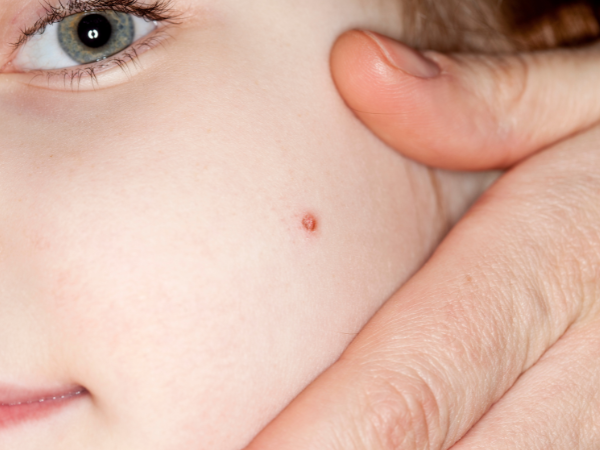How to Treat Anogenital Warts?
- December 18, 2023
- No Comments

What Are Anogenital Warts?
Anogenital warts, also known as condylomata acuminata, are a type of sexually transmitted infection caused by the human papillomavirus (HPV). Anogenital warts are highly contagious and typically manifest in the genital and anal areas. They can vary in appearance, ranging from small, flat lesions to larger, cauliflower-like growths. Although treatments are available to eliminate genital warts, it's crucial to understand that having genital warts and HPV means there is a potential for transmission to sexual partners.
Why Anogenital Warts Occur?
Anogenital warts are primarily caused by specific strains of HPV, most commonly types 6 and 11. These viruses are transmitted through sexual contact, including vaginal, anal, and oral sex. The virus can also be spread by close skin-to-skin contact with an infected person. Once the virus enters the body, it can lead to the development of warts, which may appear weeks or even months after exposure. Factors such as a weakened immune system, multiple sexual partners, and a history of sexually transmitted infections can increase the risk of developing anogenital warts.
How To Identify Anogenital Warts?
Identifying anogenital warts is essential for seeking timely treatment. These warts can vary in appearance, ranging from small, flat lesions to larger, cauliflower-like growths. They may be flesh-colored or slightly darker and can occur in clusters. It is important to note that some individuals infected with HPV may not show any visible symptoms, making regular screenings and medical check-ups crucial, especially for those with a history of high-risk behaviors.
- Size and Shape: Anogenital warts can vary in size, ranging from very small to larger, more noticeable growths.
- Cluster Formation: Anogenital warts often occur in clusters or groups, forming a mosaic-like pattern.
- Pain and Itching:In some cases, anogenital warts may cause itching or discomfort. However, they are usually painless.
- Internal Warts: In women, anogenital warts can also develop internally, on the cervix or in the vagina. These are not visible and are usually detected during a pelvic examination or Pap smear.
- Asymptomatic Cases:It's crucial to note that not everyone infected with HPV will show visible symptoms. Some individuals may carry the virus without any noticeable warts. Regular screenings and medical check-ups are essential, especially for those with a history of high-risk behaviors.
Treatment Solutions for Anogenital Warts
- Topical Treatments: One common approach for treating anogenital warts is the use of topical treatments. These medications, such as imiquimod or podophyllotoxin, are applied directly to the affected area. They work by stimulating the body's immune response to target and eliminate the HPV-infected cells. It is important to follow the prescribed dosage and application instructions provided by a healthcare professional.
- Cryotherapy: Cryotherapy involves freezing the warts using liquid nitrogen. This process helps destroy the infected cells and remove the warts. Cryotherapy is often performed in a healthcare setting by a qualified professional. It may require multiple sessions for complete removal, and some discomfort and redness may occur as side effects.
- Electrosurgery: Electrosurgery, or electrocautery, involves using an electric current to cut or burn off the warts. This method is typically performed in a clinical setting and requires local anesthesia. While it can be effective, there may be some scarring, and recovery time may be needed.
- Surgical Removal: In some cases, surgical removal of anogenital warts may be necessary. This can involve excision, where the warts are cut out, or laser surgery, which uses a focused beam of light to remove the warts. Surgical procedures are usually reserved for more extensive or stubborn cases.
Benefits of Treating Anogenital Warts:
- Prevention of Spread: Treating anogenital warts is essential to prevent the further spread of the virus. Since HPV is highly contagious, timely intervention can help protect sexual partners from infection.
- Relief from Symptoms: Anogenital warts can cause discomfort, itching, and irritation. Treatment helps alleviate these symptoms, improving the overall quality of life for individuals affected by this condition.
- Reduced Risk of Complications: Left untreated, anogenital warts may lead to complications such as the development of larger warts, increased risk of certain cancers, and potential transmission of the virus to newborns during childbirth. Treating the warts reduces these risks.
- Emotional Well-being: Living with anogenital warts can be emotionally challenging. Treating the warts not only addresses the physical symptoms but also contributes to a positive psychological impact, reducing stress and anxiety associated with the condition.
Comments (0)